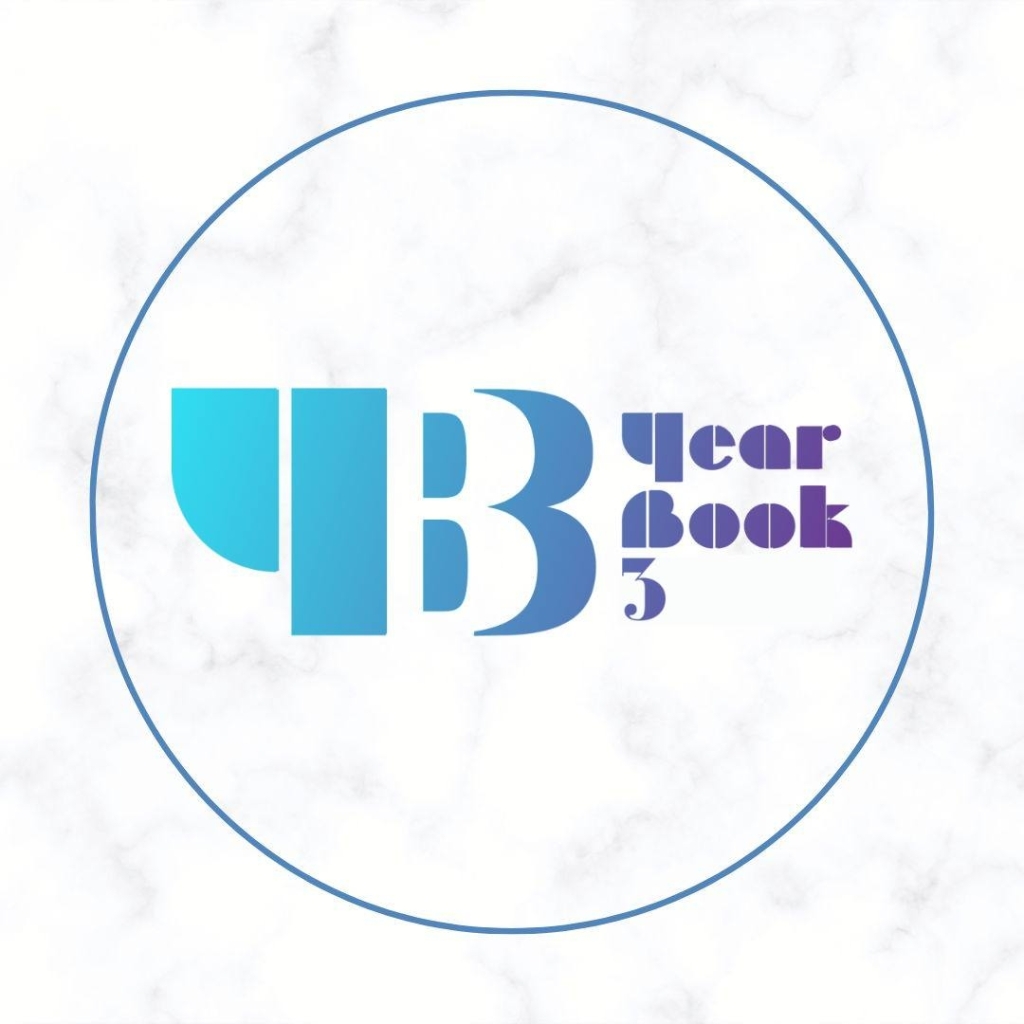Digital Yearbook: A Modern Twist to Traditional Memories
A digital yearbook is a contemporary version of the traditional yearbook but in a digital format. It combines text, images, videos, and interactive features to create an engaging and interactive experience for students, faculty, and staff. With the advancement of technology, digital yearbooks have gained popularity in schools and educational institutions as a modern way to capture and preserve memories. Let’s dive into what makes a digital yearbook unique.
Digital Yearbook Features
Digital yearbooks typically offer a range of features that set them apart from traditional printed yearbooks. Here are some common characteristics of online digital yearbooks:
Multimedia Elements
Digital yearbooks can include multimedia elements, such as photos, videos, audio recordings, and interactive features, like quizzes, polls, and surveys. These multimedia elements add an interactive and dynamic dimension to the yearbook, making it more engaging and memorable.
Hyperlinks
Digital yearbooks can include hyperlinks that allow readers to navigate to external websites or online resources related to the content in the yearbook. This can be useful for having additional information, such as articles and social media profiles of students and staff.
Searchability
Digital yearbooks can be easily searched for specific content using keywords or search functions, making it convenient for users to find and revisit clear memories or pages of interest.
Customization yearbook
Digital yearbooks often provide customization options, such as choosing different layouts, fonts, colors, and graphics, allowing schools to personalize the yearbook to their specific style and branding.
Accessibility
Digital yearbooks can be easily accessed on various devices, such as computers, tablets, and smartphones, making them convenient for students, faculty, and staff to view and share with others.
Creating a Digital Yearbook
Creating a digital yearbook involves several steps, like a traditional printed yearbook. Here’s an overview of the process:
Choose a Digital Platform
Select a digital platform or software that best fits your needs and budget. Several online tools and software offer templates and other options specifically for creating digital yearbooks. These tools allow you to customize layouts, add multimedia elements, and collaborate with other users online to create a stunning and memorable digital yearbook.
Plan and Create the Content
Plan the content for your digital yearbook, including sections and pages you want to include, such as a cover page, introduction, events, clubs, sports, academics, faculty and staff, student profiles, and candid photos. Encourage students and staff to submit multimedia content and create original content, such as articles, interviews, and surveys, to add depth and personality to your digital yearbook.
Design and Customize
Use the digital platform of your choice to design and customize the layout and appearance of your digital yearbook. Utilize the available templates, fonts, colors, and graphics to create a visually appealing and cohesive look. Incorporate multimedia elements, such as photo galleries, films, and interactive features, to enhance the user experience.
Review and Edit
Review the design for consistency and ensure all multimedia elements work correctly. Make necessary edits and revisions to ensure the digital yearbook is error-free and meets your desired quality standards.
Publish and Share
Once the digital yearbook is finalized, publish it on the chosen digital platform. Share the digital yearbook with the intended audience, such as students, faculty, and staff, by providing them with a link or embedding it on your school’s website.
The Closing Words
With the advent of digital technology, yearbooks have transformed from their traditional printed version into a modern alternative known as digital yearbooks. These new yearbook 3 provide several benefits for both students and schools. They offer greater accessibility, customization options, interactivity, environmental sustainability, ease of updating, and cost-effectiveness. As technology advances, digital yearbooks will probably continue to rise in popularity, providing students with an innovative way to capture and treasure their school memories.

